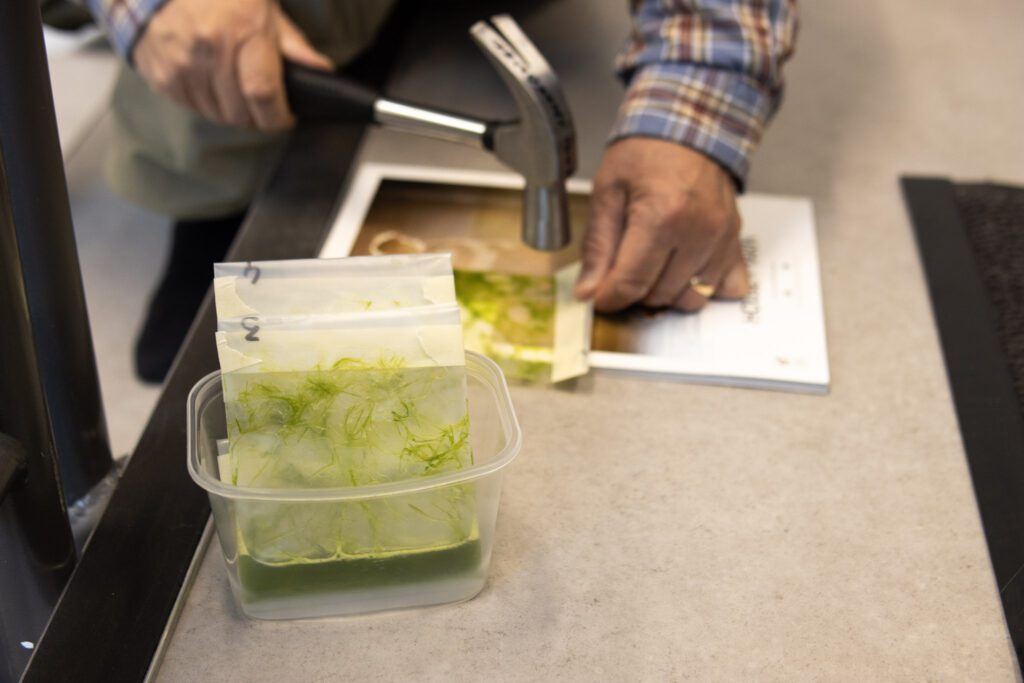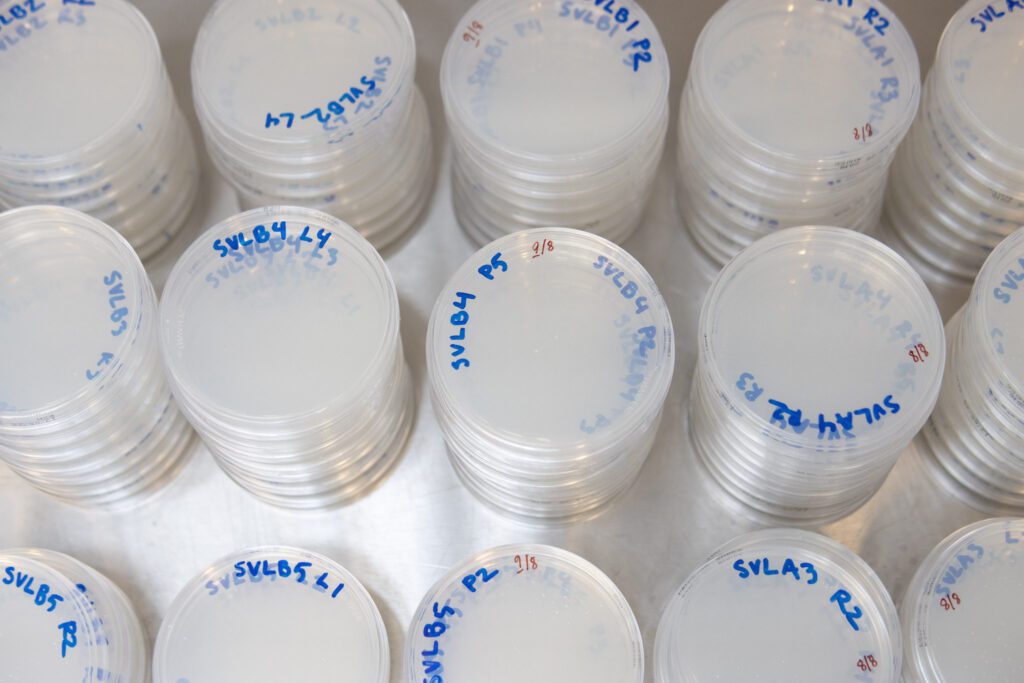2nd POLARIN call open! & POLARIN HoboPolar project
The POLARIN 2nd transnational access (TA) call is open! Researchers can now apply for free access to 42 polar research infrastructures across the Arctic and Antarctic. One can apply here, until the 30th of October. Read more below to find out about one of the POLARIN projects visiting Ny-Ålesund Research Station last August.
POLARIN project “HoBoPolar” in Ny-Ålesund
One of the POLARIN projects visiting Ny-Ålesund in August 2025, was the project HoBoPolar. The team of biologists from Finland wanted to find out what type of microbes are living inside the Arctic grass species Deschampsia alpina, and compare this to closely related grasses on lower latitudes and in the Antarctic. How do the microbial communities differ from each other? How can this be related to temperature and light conditions? And what effect do the microbes have on the grass?
To answer those questions, Kari and Marjo collected grasses from different populations around Ny-Ålesund. Those locations were based on previous descriptions by plant ecologists and were present in high abundance – it wasn’t hard to find them. After sampling, the grasses were taken to the terrestrial lab Veksthuset to be treated further. Leaves and roots were washed carefully by Marjo. Subsequently, the leaves got washed in an ultrasonic water bath to get off the bacteria on the surface. But how can you access the microbes inside the plant? The answer was “hammering”. It turns out that a hammer is great for opening the plant without damaging the single plant cells. So that is exactly what Kari did, as he hammered the plant leaves into a juicy substance.
After the dirty field and hammering work, Riitta continued with the more precise steps. Leaf juice was diluted into several dilutions and plated out. Those plates were taken home to the lab where bacterial colonies will be isolated, further examined and sequenced. The isolated bacteria will be used in further experiments to test if they affect plant performance. All in all, this research helps in further understanding plant resistance mechanisms, and the role microbes play in here. Thanks to the HoBoPolar team for being the first POLARIN team that NPI hosted in Ny-Ålesund.




Did you find what you were looking for?